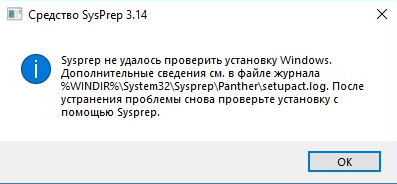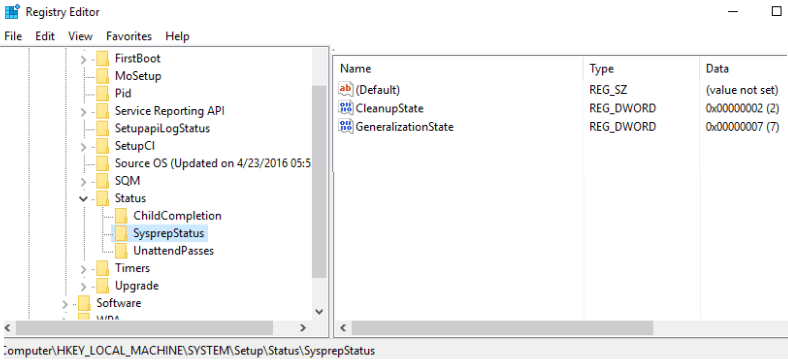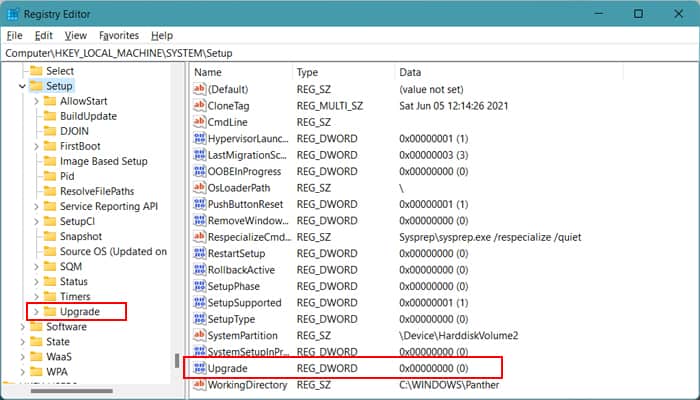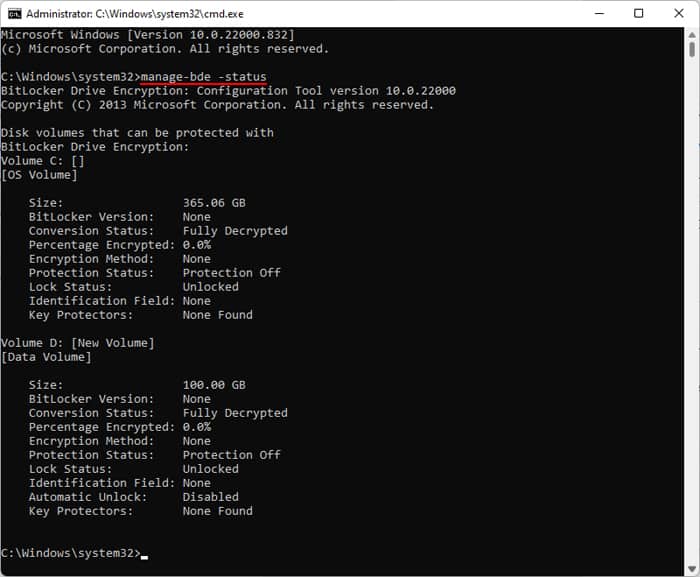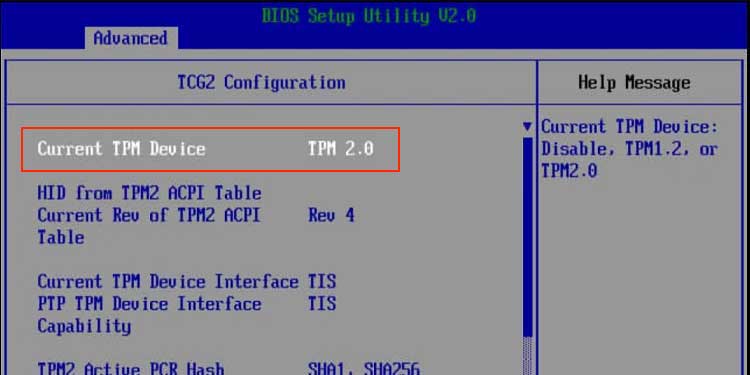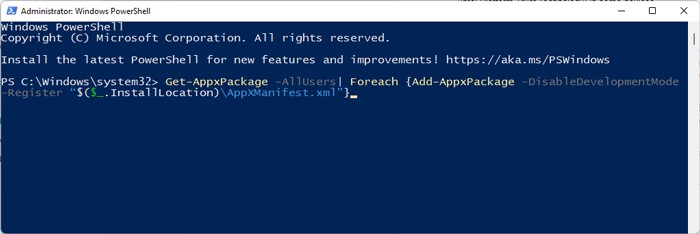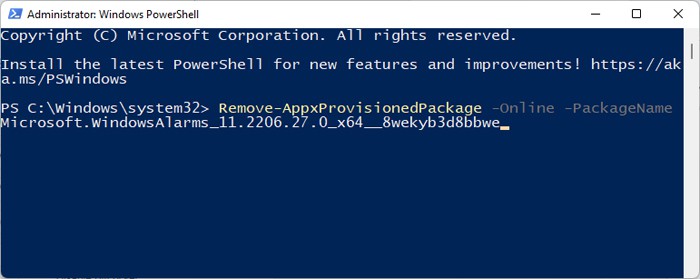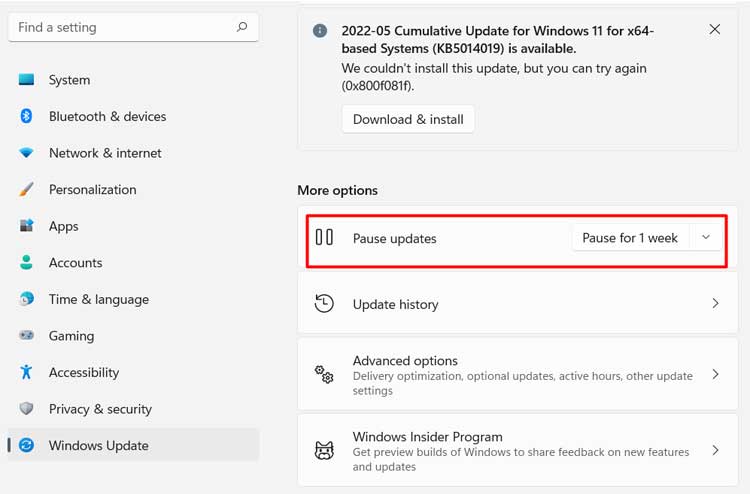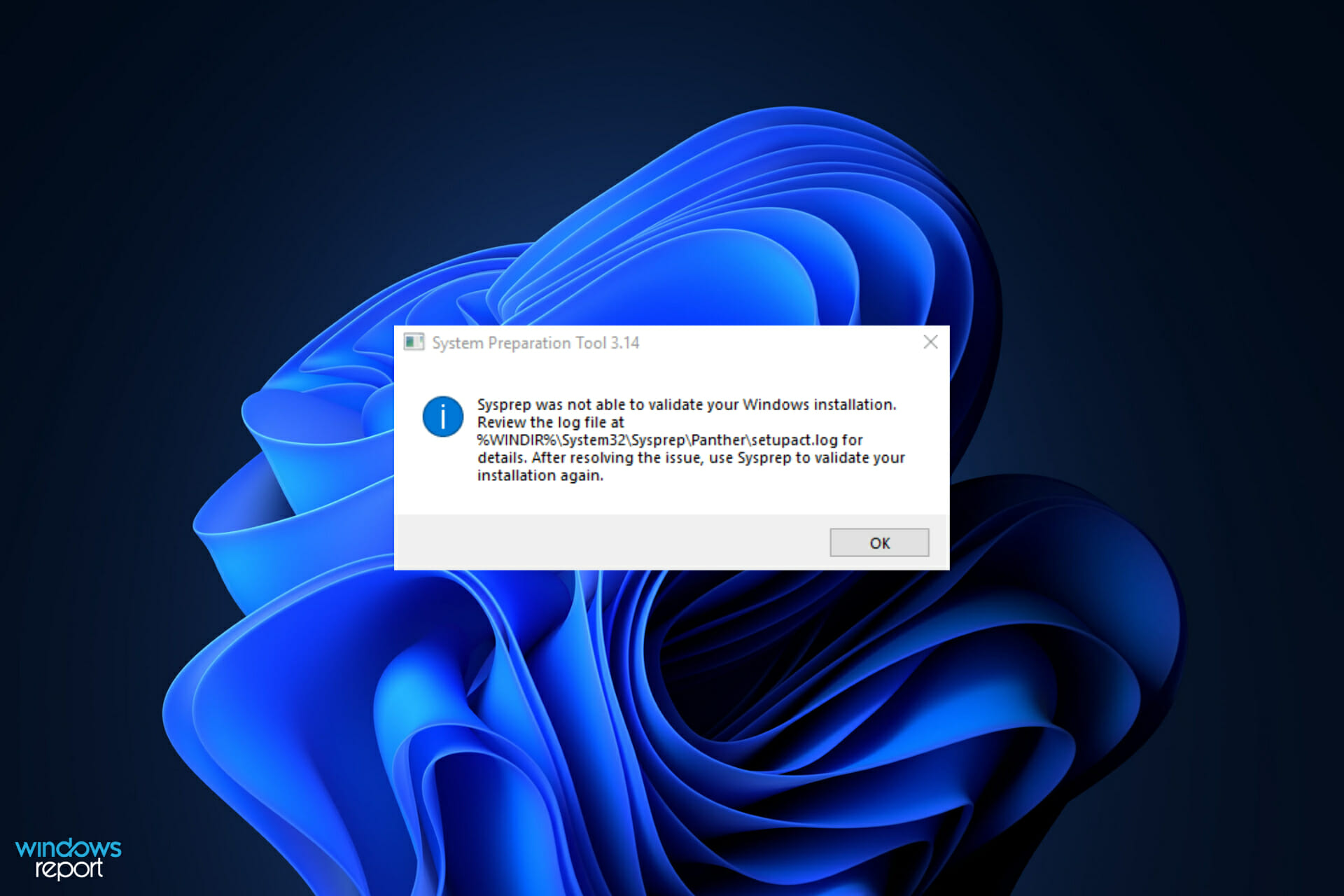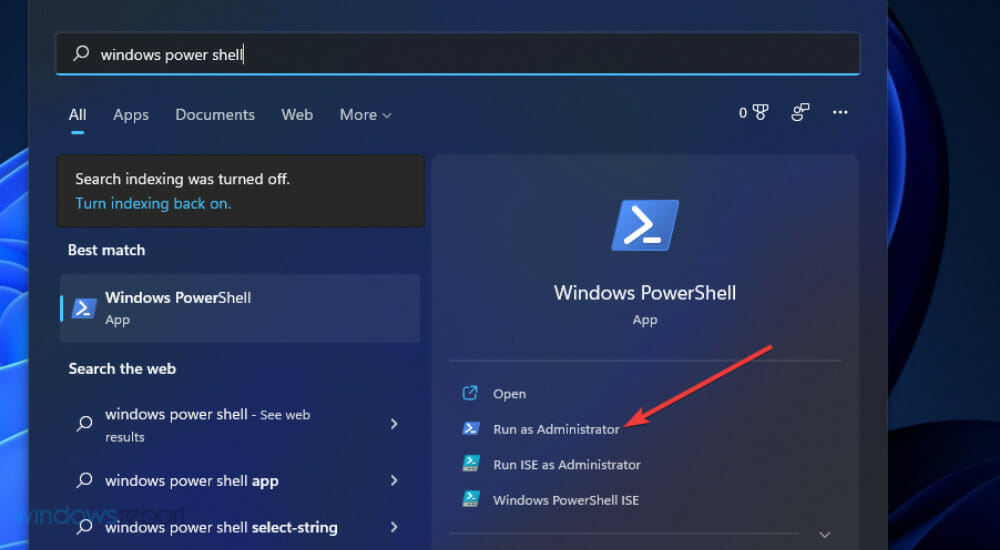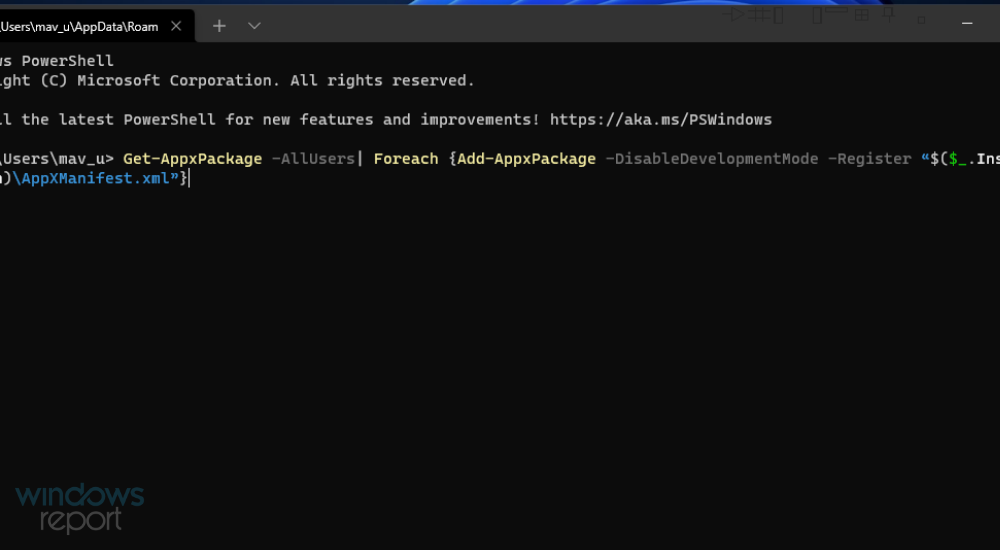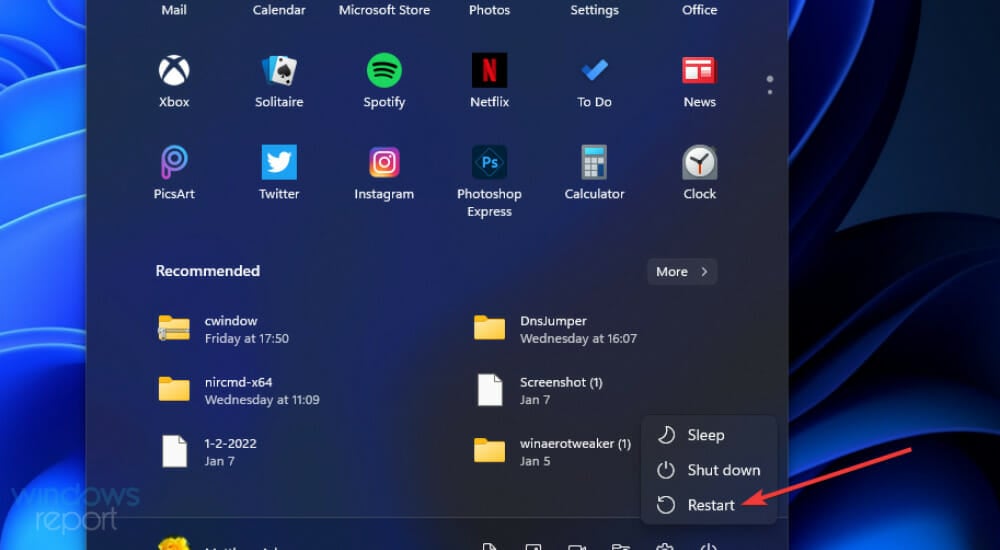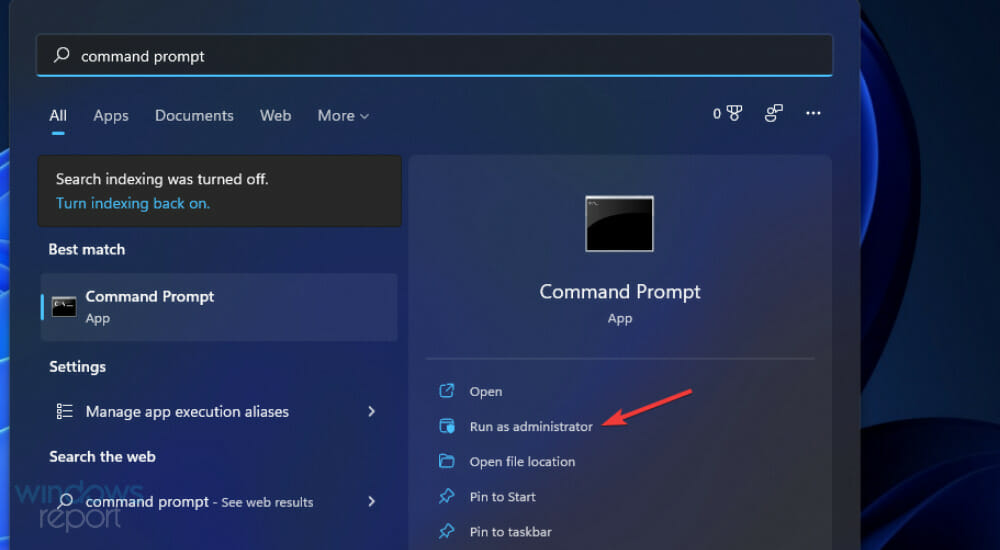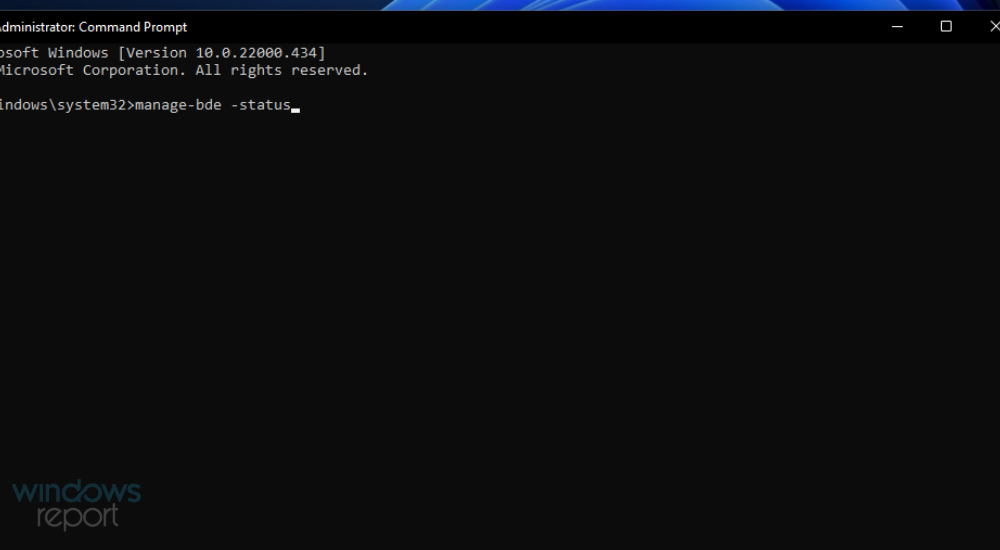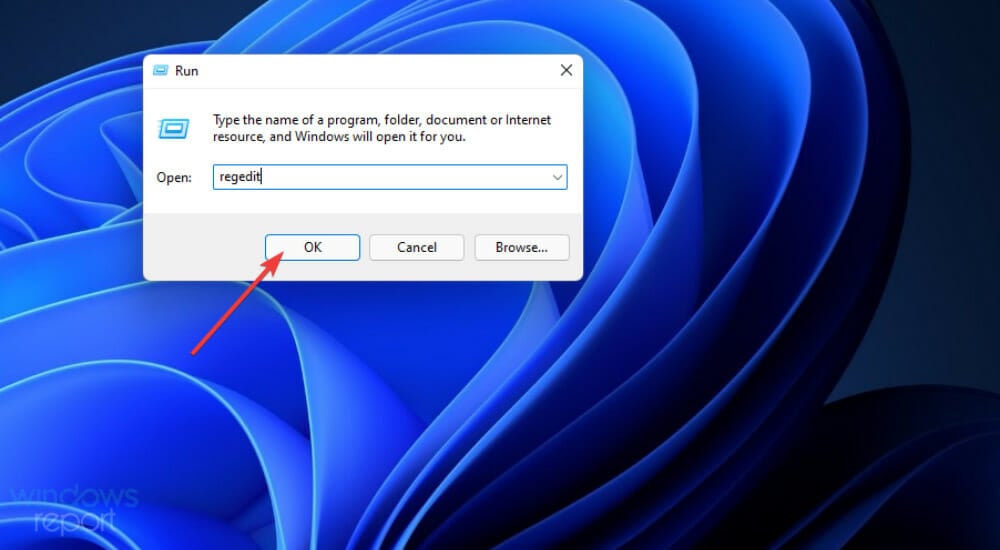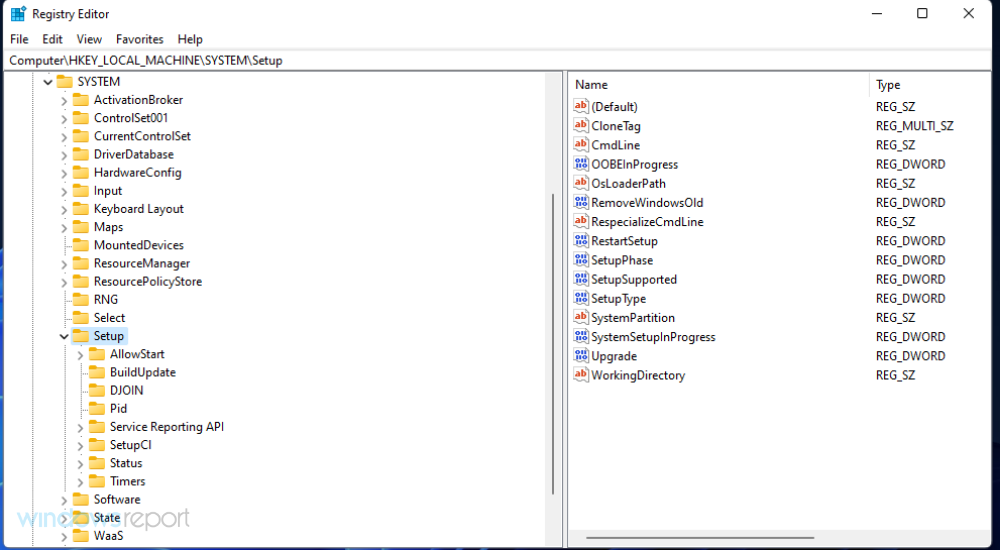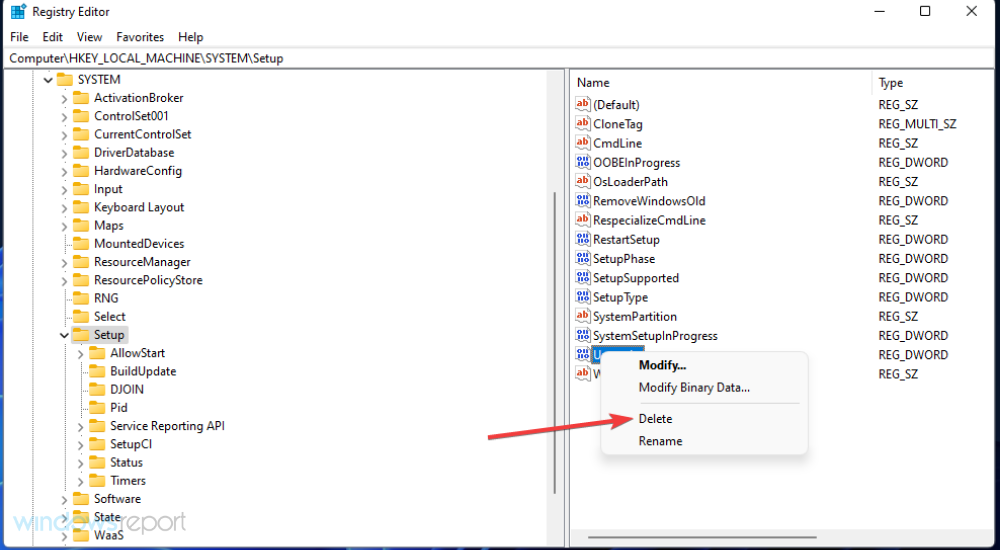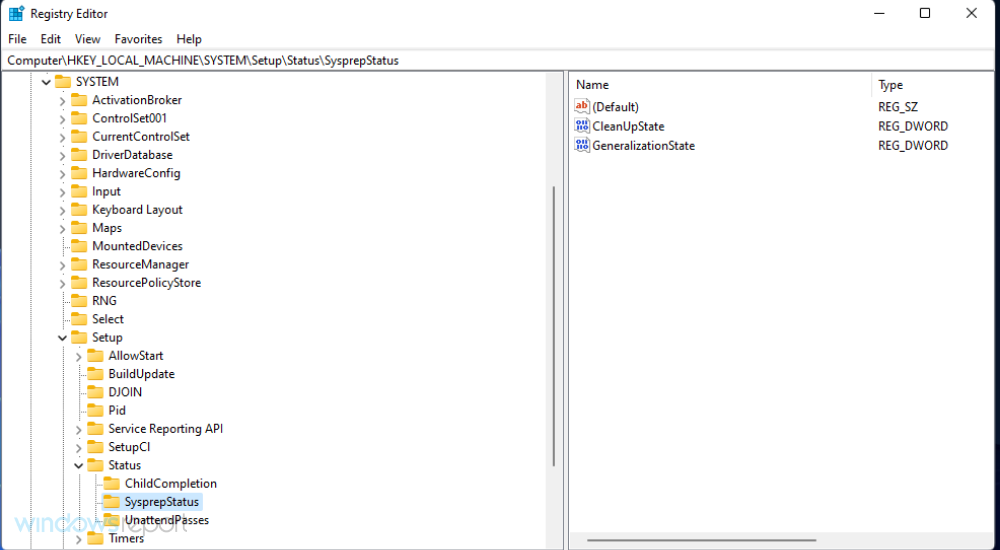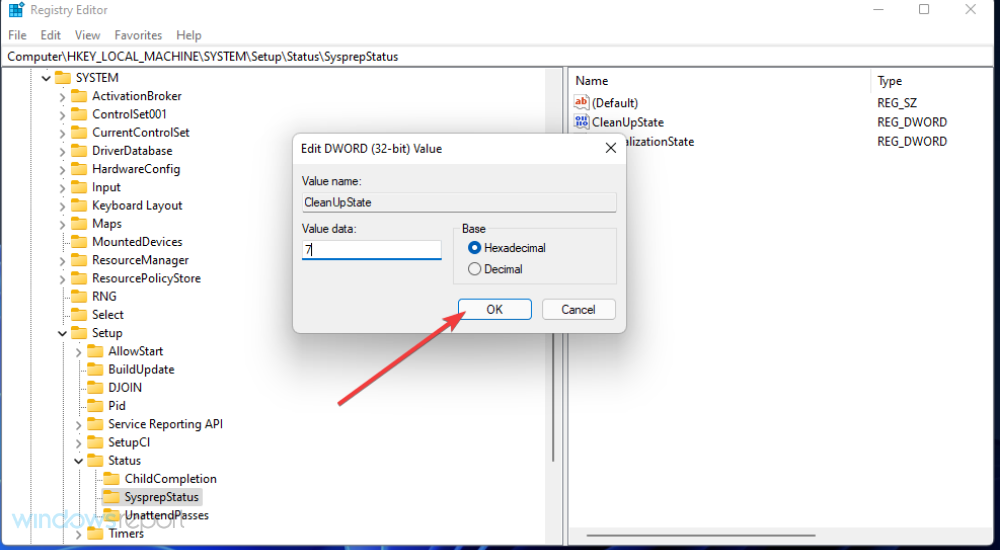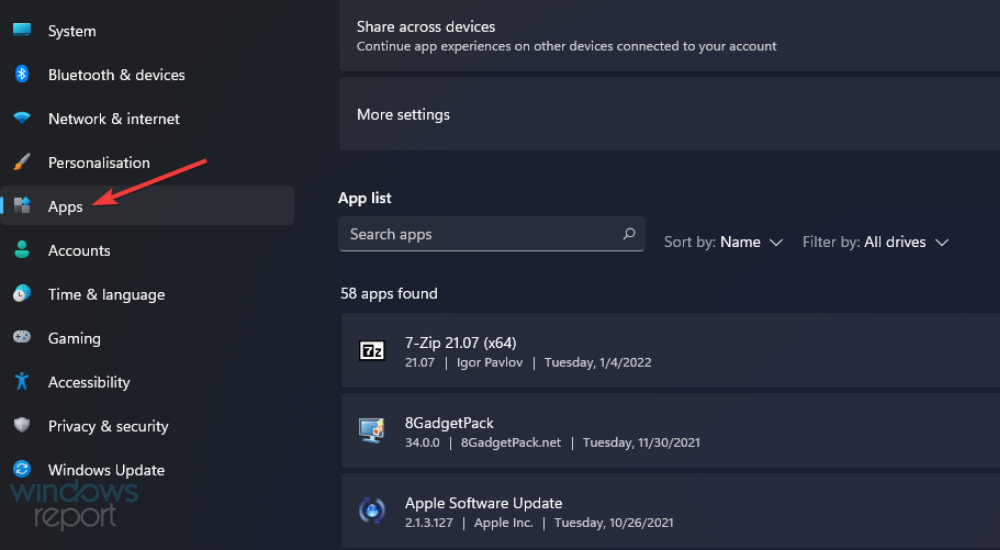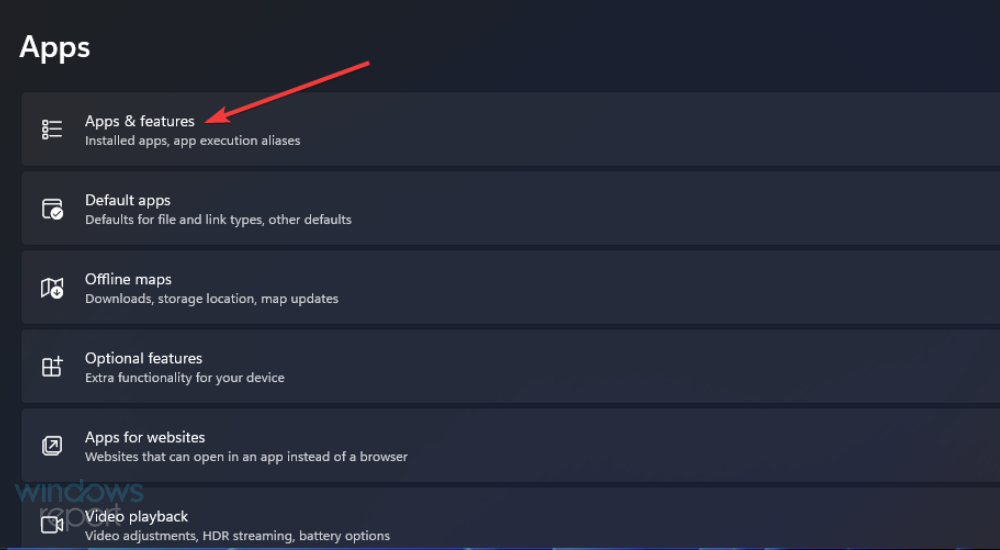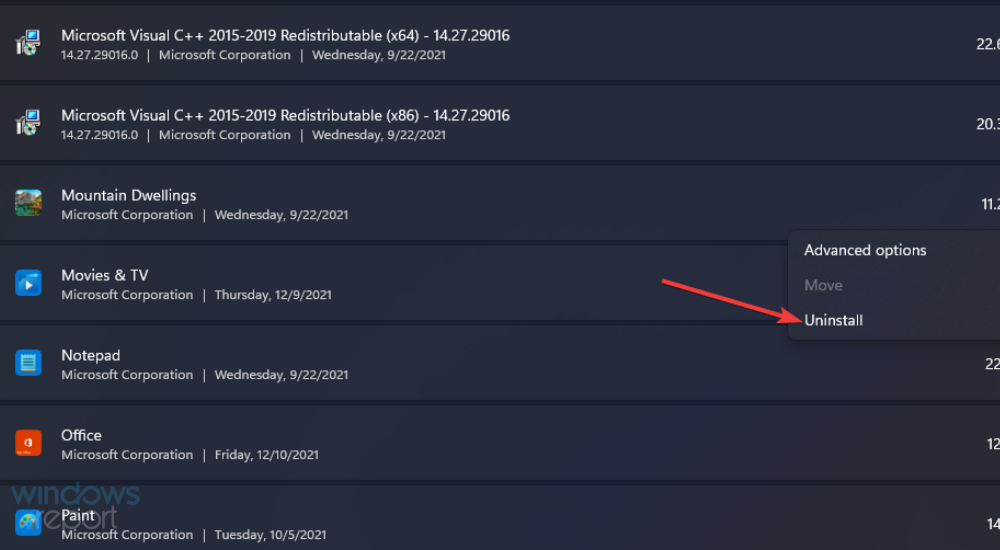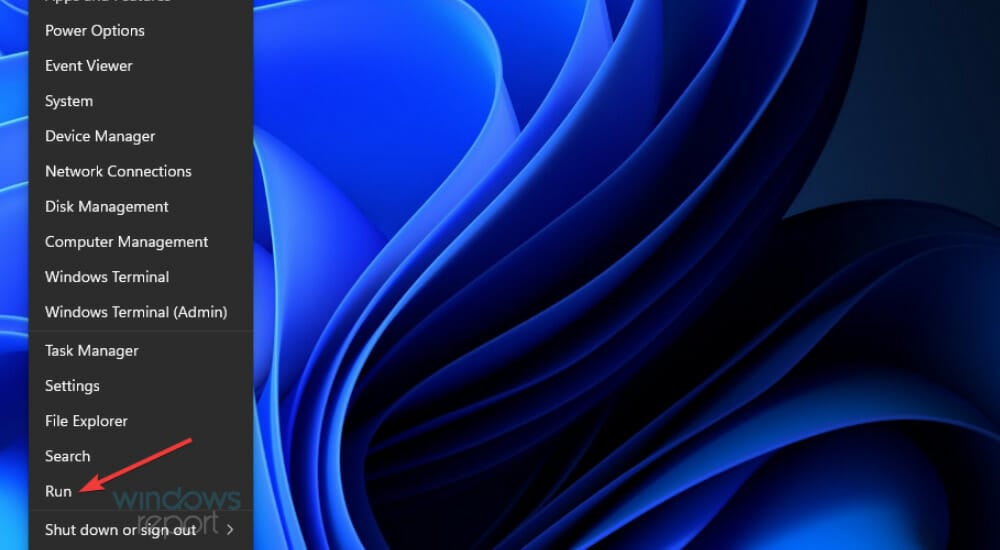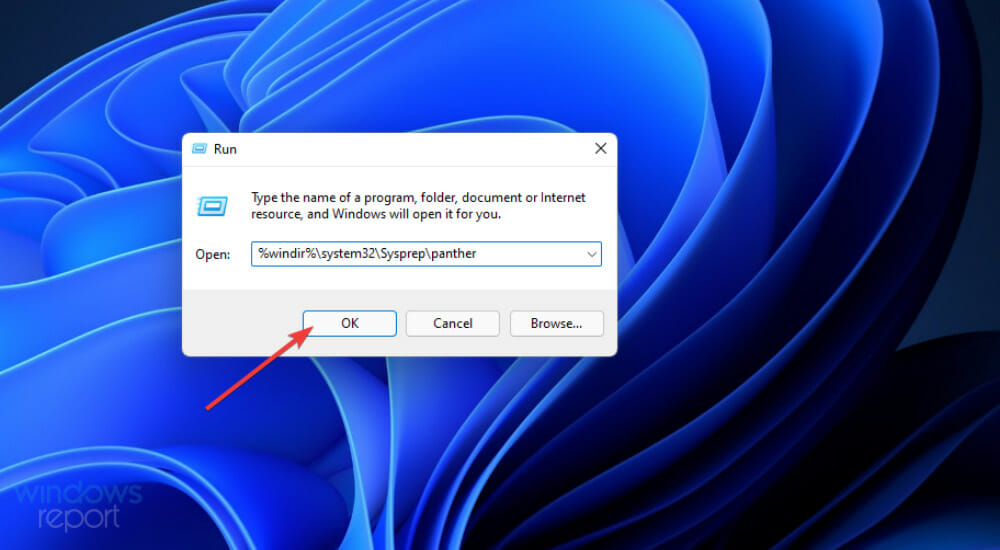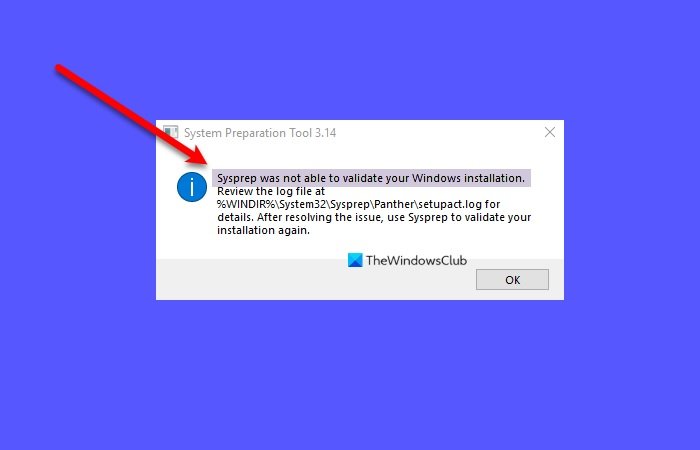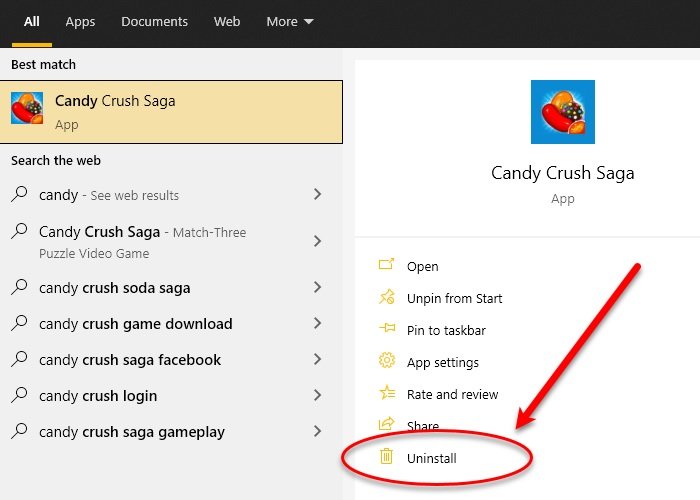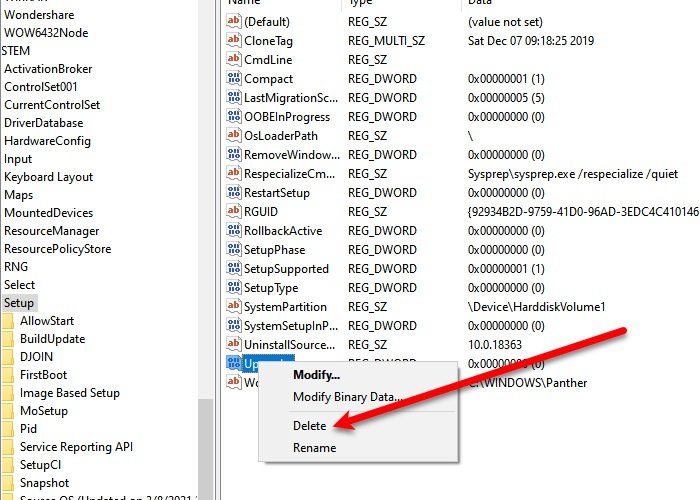Утилита Sysprep используется для подготовки эталонного образа Windows и его обезличивания, удаляя из системы все уникальные идентификаторы (SID-ы, GUID-ы), что необходимо для его корректного разворачивания в корпоративной сети. В некоторых случаях, когда вы выполняете команду sysprep /generalize /oobe /shutdown при создании образа Windows 10, программа Sysprep.exe может вернуть следующую ошибку:
Sysprep не удалось проверить установку Windows. Дополнительные сведения см. в файле журнала %Windows%\System32\Sysprep\Panther\setupact.log. После устранения проблемы снова проверьте установку с помощью Sysprep.
Sysprep was not able to validate your Windows installation. Review the log file at %windir%\system32\Sysprep\panther\setupact.log for details. After resolving the issue use Sysprep to validate your installation again.
Чтобы исправить ошибку «Sysprep не удалось проверить установку Windows», перейдите в каталог C:\Windows\System32\Sysprep\Panther и откройте с помощью любого текстового редактора (например, блокнота) файл с журналом утилиты sysprep — setupact.log.
Начните просматривать содержимое файл setupact.log снизу вверх и ищите строку с ошибками. В зависимости от найденной ошибки, вам нужно будет выполнить определенные действия для ее исправления. Рассмотрим возможнее ошибки Sysprep:
- Отключите BitLocker для запуска Sysprep
- Не удается удалить современные приложения у текущего пользователя
- Sysprep не работает на обновленной ОС
Содержание:
Отключите BitLocker для запуска Sysprep
Error SYSPRP BitLocker-Sysprep: BitLocker is on for the OS volume. Turn BitLocker off to run Sysprep. (0x80310039)
Error [0x0f0082] SYSPRP ActionPlatform::LaunchModule: Failure occurred while executing 'ValidateBitLockerState' from C:\Windows\System32\BdeSysprep.dll
If you run manage-bde -status command it will show the following:
Disk volumes that can be protected with
BitLocker Drive Encryption:
Volume C: [OSDisk]
Эта ошибка в основном возникает на планшетах и ноутбуках с Windows 10, поддерживающих шифрование InstantGo (на основе BitLocker.) Чтобы исправить эту ошибку нужно отключить шифрование для системного тома с помощью следующей команды PowerShell:
Disable-Bitlocker –MountPoint “C:”
Не удается удалить современные приложения у текущего пользователя
Если в журнале setupact.log встречаются ошибки:
Error SYSPRP Package AppName_1.2.3.500_x64__xxxxxxxxx was installed for a user, but not provisioned for all users. This package will not function properly in the sysprep image.
Error SYSPRP Failed to remove apps for the current user: 0x80073cf2.
Это означает, что вы вручную устанавливали приложения (Modern / Universal Apps) из Windows Store, или некорректно удалили предустановленные приложения.
Попробуйте удалить данный пакет с помощью команд PowerShell:
Get-AppxPackage –Name *AppName* | Remove-AppxPackage
Remove-AppxProvisionedPackage -Online -PackageName AppName_1.2.3.500_x64__xxxxxxxxx
Кроме того, чтобы Microsoft Store не обновлял приложения, необходимо отключить ваш эталонный компьютер с образом Windows 10 от Интернета и отключить автоматическое обновление в режиме аудита перед тем как вы создаете образ.
Также удалите все локальные профили пользователей.
Sysprep не работает на обновленной ОС
В том случае, если вы обновили операционную систему в вашем образе до Windows 10 с предыдущей версии (Windows 8.1 или Windows 7 SP1), то при попытке выполнить Sysprep в журнале setupact.log должна содержаться следующая ошибка:
Error [0x0f0036] SYSPRP spopk.dll:: Sysprep will not run on an upgraded OS. You can only run Sysprep on a custom (clean) install version of Windows.
Microsoft не рекомендует выполнять Sysprep образа, который был проапгрейжен с предыдущей версии Windows, рекомендуется использовать чистую установку Windows 10. Однако есть способ обойти это требования.
- Откройте редактор реестра и перейдите в раздел HKEY_LOCAL_MACHINE\SYSTEM\Setup.
- Найдите параметр с именем Upgrade и удалите его.
- Затем перейдите в ветку HKEY_LOCAL_MACHINE\SYSTEM\Setup\Status\SysprepStatus и измените значение ключа CleanupState на 7.
- Тем самым, вы заставите Sysprep считать, что данная копия Windows установлена в режиме чистой установки.
Перезагрузите компьютер и запустите Sysprep еще раз.
Sysprep (System Preparation Tool) is a Microsoft Command line utility which users use to prepare a generalized Windows system image for deploying, duplicating and testing the Operating System.
In this process, you need to generalize the Windows installing by using the command sysprep /generalize /shutdown /oobe and remove any data specific to your PC for privacy purposes. However, Sysprep can’t execute this process if it fails to validate the system and returns the “Sysprep was not able to validate your Windows installation” error message.
This issue can happen because of various reasons, which we have mentioned in this article along with their solutions.
Table of Contents
Here are the potential causes for “Sysprep was not able to validate your Windows installation” error:
- Running Sysprep on an upgraded Windows OS.
- Device Encryption or BitLocker enabled.
- Unprovisioning UWP apps for a user.
- Presence of an active scenario such as pending system updates.
- Corrupt
Spopk.dllfile.
Fixes for Sysprep Was Not Able to Validate Your Windows Installation
First, make sure to disconnect the internet to avoid any automatic processes, such as updates while generalizing your Windows installation.
Then, apply the possible solutions we have provided below to troubleshoot your issue.
Check Log File
The Sysprep error message also shows where you can review the error log message. So, the first thing you should do is check the log file to narrow down the exact reason for the issue.
- You can open Run (Win + R) and enter
notepad %windir%\system32\Sysprep\panther\setupact.logto open this file using the notepad.
After looking through the log, move on to the corresponding solutions depending on the nature of your error.
Disable Upgrade Registry Key and Entry
Sysprep won’t be able to validate your Windows installation if you try running the processs after upgrading your system. The log should show the following or a similar error message in such a scenario:
SYSPRP spopk.dll:: Sysprep will not run on an upgraded OS. You can only run Sysprep on a custom (clean) install version of Windows.
As the message says, Microsoft doesn’t support running Sysprep on an upgraded Windows system and instead recommends users to clean install Windows first. However, you can avoid this issue by changing some registry values. Here’s how you can do so:
- Press Win + R to open Run.
- Enter
regeditto open the Registry Editor. - Navigate to
Computer\HKEY_LOCAL_MACHINE\SYSTEM\Setup\ - Delete both the Upgrade key and the Upgrade DWORD Value.
- Now, go to
Computer\HKEY_LOCAL_MACHINE\SYSTEM\Setup\Status\SysprepStatus. - Double-click on CleanupState and set its Value data to 7.
This process fools the Windows OS into believing that you have a custom install version of Windows instead of an upgraded one.
Disable BitLocker
You can’t run Sysprep when your system is encrypted. If you try to do so, the error log usually shows the error message below:
SYSPRP BitLocker-Sysprep: BitLocker is on for the OS volume. Turn BitLocker off to run Sysprep. (0x80310039)
You may also get other messages, but they will contain the word BitLocker.
To resolve the issue, you need to disable the process. Here’s how you can do so:
- Open Run
- Type
cmdand press Ctrl + Shift + Enter to open the Elevated Command Prompt. - Enter the following commands:
manage-bde -status(It shows whether BitLocker is encrypting your device or not)Disable-Bitlocker –MountPoint ‘C:’
Disable TPM and PTT
Sometimes your system thinks BitLocker is enabled even when it’s actually off. So, you’ll still get the above error. It happens because sometimes the BDE goes into a waiting state when TPM is detected.
There are two ways to resolve the issue. You can either enable BitLocker and then turn it off again.
Or you can go to your BIOS and disable TPM (Trusted Platform Module), which is the device your system uses for encryption. You can usually find the option under Advanced, Security, or Trusted Computing in the BIOS or UEFI. You may also need to disable PTT (Intel Platform Trust Technology) in some devices.
Reinstall or Remove UWP App Packages
If you unprovisioned any Universal Windows Platform (UWP) app that is installed on one of your user accounts, the source files for the app won’t be present on your user profile. In such cases, Sysprep can’t validate the installation and you’ll usually find the following error message in the log file:
SYSPRP Package <App Name>_1.2.3.500_x64__8we4y23f8b4ws was installed for a user, but not provisioned for all users. This package will not function properly in the sysprep image.
You need to remove the apps from the user or remove all users with unprovisioned apps to resolve such issues.
First, try re-registering the default Windows apps in case there’s some other issue with the app. To do so:
- Open Run.
- Type
powershelland press Ctrl + Shift + Enter to open the Elevated Windows PowerShell. - Enter the command:
Get-AppxPackage -AllUsers| Foreach {Add-AppxPackage -DisableDevelopmentMode -Register “$($_.InstallLocation)\AppXManifest.xml”}
Run Sysprep again and check if you still encounter the issue. If you do, you need to remove the UWP apps and their provisioning. You also need to manually remove the apps if the error log shows something like:
SYSPRP Failed to remove apps for the current user: 0x80073cf2.
Here are the necessary steps:
- Open the Elevated Windows PowerShell.
- Enter the following commands:
Import-Module AppxImport-Module DismGet-AppxPackage -AllUsers | Where PublisherId -eq 8wekyb3d8bbwe | Format-List -Property PackageFullName,PackageUserInformation
- If you manually provisioned some non-UWP apps, you need to run
Get-AppxPackage -AllUsers | Format-List -Property PackageFullName,PackageUserInformation - Check all users that show Installed. If they are local accounts, remove these accounts. You can do so by using these steps:
- Open Run and enter
netplwiz. - Click on the accounts and select Remove > Yes.
- Open Run and enter
- Then, run the commands below to remove an app and its provisioning while replacing the <package name> with the app’s package name:
Remove-AppxPackage -Package \<package name>Remove-AppxProvisionedPackage -Online -PackageName <package name>
- Do so for all the apps the Sysprep’s log shows.
Complete Pending Updates and Then Pause Updates
Your can’t enable the Sysprep audit mode if there’s an active scenario such as updates. Such processes use your reserved storage, which locks your Windows OS. In this case, the log file shows an error message similar to:
SYSPRP Sysprep_Clean_Validate_Opk: Audit mode cannot be turned on if reserved storage is in use. An update or servicing operation may be using reserved storage.; hr = 0x800F0975
To resolve the issue, you need to install all pending cumulative updates and then pause your updates. You don’t need to install the optional updates.
Make sure to install the necessary updates and restart your PC to complete all pending operations. Then, pause your updates using the instructions below:
- Open Run and enter
ms-settings:windowsupdate. - Click on Pause or Pause for x week/s button.
Disconnect your internet and try running Sysprep again.
Replace Spopk.dll File
Spopk.dll is a type of OPK Sysprep Plugin file that helps in Sysprep’s Windows installation validation. Sometimes this DLL file can become corrupt causing issues while running Sysprep.
In such cases, the log shows an error message similar to,
SYSPRP ActionPlatform::LaunchModule: Failure occurred while executing ‘Sysprep_Clean_Validate_Opk’ from C:\Windows\System32\spopk.dll; dwRet = 0x975
First, remove provisioning for the store apps, then install cumulative updates or pause updates and retry running Sysprep. If you still encounter the issue, you need to replace the Spopk.dll file. Here’s how you can do so:
- Open the Elevated Command Prompt.
- Enter the following command to take ownership and change permissions for
spopk.dll:takeown /f %WinDir%\System32\spopk.dllicacls %WinDir%\System32\spopk.dll /Grant Administrators:f
- Open Run and enter
%windir%\System32to open the directory in the File Explorer. - Download the
spopk.dllfile or transfer it to the System32 folder from the same location in another computer. - Confirm if you get the prompt to replace the file.
In some cases, you may receive a “Sysprep was unable to validate your Windows installation” error when you try to generalize your Windows 10 or 11 image using command sysprep.exe /generalize /oobe /shutdown. In this article, we’ll have a look at common errors that prevent SysPrep from validating your reference Windows image.
The Sysprep (System Preparation Tool) is used to prepare a reference Windows image and depersonalize it by removing all unique identifiers (SID, GUID) from the operating system. The sysprep is used before deploying your golden Windows image on computers in the corporate network (see our guide on how to use Sysprep in Windows).
System Preparation Tool 3.14
Sysprep was not able to validate your Windows installation. Review the log file at %windir%\system32\Sysprep\panther\setupact.log for details. After resolving the issue use Sysprep to validate your installation again.
How to Fix: Sysprep Was Not Able to Validate Your Windows Installation
This SysPrep may fail to validate your Windows installation for several reasons. You can find the root cause of the error in the sysprep log file (setupact.log). This file is located in the C:\Windows\System32\Sysprep\Panther directory and contains a detailed description of the error. You can open the sysprep log file with any text editor. For example, run the command:
notepad %windir%\system32\Sysprep\panther\setupact.log
Scroll through the contents of the setupact.log file from bottom to top and look for the errors. Depending on the error found, you may need to take one of the following actions to fix it.
The most common causes of this Sysprep error are:
- BitLocker encryption enabled on the system OS drive;
- Some additional Microsoft Store (UWP) apps installed;
- You accidentally removed some built-in Microsoft Store apps;
- You are using an instance of Windows that was updated from a previous version of the operating system (for example, from Windows 10 to Windows 11);
- Pending Windows Update installation.
Sysprep Fails on BitLocker-Enabled Devices
Check the setupact.log log for a BitLocker-related error:
Error SYSPRP BitLocker-Sysprep: BitLocker is on for the OS volume. Turn BitLocker off to run Sysprep. (0x80310039)
Error [0x0f0082] SYSPRP ActionPlatform::LaunchModule: Failure occurred while executing ‘ValidateBitLockerState’ from C:\Windows\System32\BdeSysprep.dll
Open the command prompt as administrator and run the command:
manage-bde -status
It should return the following info:
Disk volumes that can be protected with BitLocker Drive Encryption: Volume C: [OSDisk] Conversion Status: Encryption in Progress
This error mostly occurs on Windows 10/11 tablets and laptops that support InstantGo (compliant devices automatically enable full BitLocker device encryption). You can fix this error by using PowerShell to turn off the encryption for the Windows system volume:
Disable-Bitlocker –MountPoint ‘C:’
Wait for the drive to decrypt. Check the status:
manage-bde -status
The drive status should change to:
Conversion Status: Fully Decrypted Protection Status: Protection Off
Sysprep can now be applied to your Windows image.
Sysprep Fails After Updating or Removing Microsoft Store Apps
SysPrep may fail after you install, update, or remove one of the provisioned Microsoft Store apps.
Check the setupact.log for the following errors:
Error SYSPRP Package SomeAppName_1.2.3.500_x64__8we4y23f8b4ws was installed for a user, but not provisioned for all users. This package will not function properly in the sysprep image.
Error SYSPRP Failed to remove apps for the current user: 0x80073cf2.Exit code of RemoveAllApps thread was 0x3cf2
SysPrep checks the status of Microsoft Store applications on Windows. If any of the Appx have been manually deprovisioned from the image but not removed for a particular user, or if provisioned Appx have been updated by one of the users, the SysPrep will fail.
Hint. SysPrep also fails if any of the built-in Store applications have been updated (manually or automatically) with a new version from the online Microsoft Store. To prevent automatic updates of APPX packages, open the local GPO editor console (gpedit.msc) and enable the Turn off Automatic Download and Install of updates policy in Computer Configuration > Administrative Templates > Windows Components > Store. Disconnecting your reference Windows device from the Internet can also prevent Microsoft Store apps from updating.
From setupact.log, copy the APPX ID of the application that prevents SysPrep.
Try to remove this app package using PowerShell (run the command in the PowerShell console as Administrator):
Get-AppxPackage -AllUsers | Where PublisherId -eq yourID | Format-List -Property PackageFullName,PackageUserInformation
This cmdlet lists all user profiles that have this Store application installed. If any of the local users have this package Installed, you can delete these users’ profiles, or log into each profile and delete Appx:
Remove-AppxPackage -Package 'SomeAppName_1.2.3.500_x64__8we4y23f8b4ws'
Then remove this provision package from your Windows image:
Remove-AppxPackage -Package 'SomeAppName_1.2.3.500_x64__8we4y23f8b4ws' –AllUsers
You can also delete all the local user profiles, leaving only the local Administrator profile in place. Use the netplwiz snap-in to delete additional user accounts.
Reboot the computer and try running Sysprep again.
The next time Sysprep might fail in another Microsoft Store app. Delete it also as described above.
Removing some of the built-in Microsoft Store applications may also prevent Sysprep from running. In this case, the following error will appear in setupact.log:
SYSPRP Package SomeAppName_1.2.3.500_x64__8we4y23f8b4ws was installed for a user, but not provisioned for all users. This package will not function properly in the sysprep image.
You must use the PowerShell one-liner to reinstall all built-in UWP apps:
Get-AppxPackage -AllUsers| Foreach {Add-AppxPackage -DisableDevelopmentMode -Register “$($_.InstallLocation)\AppXManifest.xml”}
Sysprep Will Not Run on an Upgraded Windows Installation
If you are upgrading your operating system from an earlier version of Windows (Windows 10, Windows 8.1, or Windows 7 SP1), you should see an error in the setupact.log file when you try to run Sysprep.
Error [0x0f0036] SYSPRP spopk.dll:: Sysprep will not run on an upgraded OS. You can only run Sysprep on a custom (clean) install version of Windows.
[0x0f0082] SYSPRP ActionPlatform::LaunchModule: Failure occurred while executing ‘Sysprep_Clean_Validate_Opk’ from C:\Windows\System32\spopk.dll; dwRet = 0x139f
Microsoft doesn’t recommend to run a Sysprep on a Windows image that has been upgraded from a previous version of Windows. The supported scenario is where you only want to sysprep a Windows image that you have after a clean installation.
However, there is a way to bypass this restriction:
- Open the Registry Editor (regedit.exe) and go to the registry key HKEY_LOCAL_MACHINE\SYSTEM\Setup;
- Delete the registry parameter named Upgrade;
- Then navigate to the key HKEY_LOCAL_MACHINE\SYSTEM\Setup\Status\SysprepStatus and change the value of CleanupState to 7.
This will cause Sysprep to assume that this copy of Windows is being installed in a clean install mode. Restart the computer and run Sysprep again.
Sysprep Fails Due to Pending Windows Update Installation
When Windows updates are installed in the background, another SysPrep error occurs in Windows 10 and 11. In this case, Sysprep will fail with the following error in the setupact.log file:
Error SYSPRP Sysprep_Clean_Validate_Opk: Audit mode can’t be turned on if there is an active scenario.; hr = 0x800F0975
Error SYSPRP ActionPlatform::LaunchModule: Failure occurred while executing ‘Sysprep_Clean_Validate_Opk’ from C:\Windows\System32\spopk.dll; dwRet = 0x975
Error SYSPRP SysprepSession::Validate: Error in validating actions from C:\Windows\System32\Sysprep\ActionFiles\Cleanup.xml; dwRet = 0x975
Error SYSPRP RunPlatformActions:Failed while validating Sysprep session actions; Error [0x0f0070] SYSPRP RunDlls:An error occurred while running registry sysprep DLLs, halting sysprep execution. dwRet = 0x975
To fix this Sysprep error, you need to pause Windows update via modern Settings control panel (Settings > Update & Security > Windows Update > Pause updates for 7 days).
If there are several pending updates, just wait for them to install and restart computer.
Reboot your device and try to run Sysprep.
In some cases, stopping Windows Update as described above does not completely clear the Reserved Storage. This means that you cannot use SysPrep at this time, because your Windows image is locked by some changes. This can be the installation of updates, addWindows features, system programs, antivirus, etc.
In this case, another error will appear in the sysprep log:
Error SYSPRP Sysprep_Clean_Validate_Opk: Audit mode cannot be turned on if reserved storage is in use. An update or servicing operation may be using reserved storage.; hr = 0x800F0975
To fix this issue:
- Open the Registry Editor (regedit.exe);
- Navigate to the registry key HKLM\Software\Microsoft\Windows\CurrentVersion\ReserveManager;
- Change the value of the ShippedWithReserves parameter from 1 to 0;
- Then change ActiveScenario to 0;
- And disable Reserved Storage in Windows using the command:
DISM.exe /Online /Set-ReservedStorageState /State:Disabled

Cyril Kardashevsky
I enjoy technology and developing websites. Since 2012 I’m running a few of my own websites, and share useful content on gadgets, PC administration and website promotion.
by Matthew Adams
Matthew is a freelancer who has produced a variety of articles on various topics related to technology. His main focus is the Windows OS and all the things… read more
Updated on
- The Sysprep was not able to validate your Windows installation Windows 11/10 error frequently occurs because of user-installed UWP apps and BitLocker.
- Uninstalling some UWP apps you’ve installed could fix the Sysprep Windows 11 error.
- Some users might need to disable BitLocker to fix the Sysprep was not able to validate your windows installation 0x80073cf2 error.
XINSTALL BY CLICKING THE DOWNLOAD
FILE
Sysprep, otherwise System Preparation, is a command-line tool some users utilize to prepare Windows images for deployment. However, an error can arise for some users after entering a Sysprep command for system preparation. One user said this in an MS forum post:
I have a clean installed Windows 10 pro which was activated by MAK license. When I tried to prepare this system with Sysprep, I got the error message Sysprep was not able to validate Your Windows installation.
That Sysprep issue can arise on Windows 11, 10, and 8 platforms. When that issue arises, the Sysprep command doesn’t run and validate the installation as expected. If you need to fix that Sysprep issue, check out the Windows 11/10 resolutions for it below.
How come the Sysprep error arises in Windows?
The Sysprep was not able to validate Your Windows installation error has existed since Windows 8. That issue often arises because of user-installed UWP apps. Many users have confirmed they fixed this issue by uninstalling certain UWP apps they installed from MS Store.
This issue can also occur if a default app, which is supposed to come pre-installed with Windows, is missing. In such a scenario, you would need to reinstall the missing Windows app. A general reinstall app command will do the job.
How we test, review and rate?
We have worked for the past 6 months on building a new review system on how we produce content. Using it, we have subsequently redone most of our articles to provide actual hands-on expertise on the guides we made.
For more details you can read how we test, review, and rate at WindowsReport.
If you’re utilizing Windows Pro and Enterprise editions, the Sysprep error might be due to the BitLocker encryption feature. BitLocker doesn’t mix well with the Sysprep utility. So, disabling that feature on Windows Pro and Enterprise editions can sometimes resolve this error as well.
How can I fix the Sysprep error in Windows?
1. Reinstall default Windows UWP apps
- To bring up the search box, press the Windows + S keyboard shortcut.
- Type Windows PowerShell in the search box.
- Click PowerShell’s Run as administrator option.
- Input this PowerShell command:
Get-AppxPackage -AllUsers| Foreach {Add-AppxPackage -DisableDevelopmentMode -Register “$($_.InstallLocation)\AppXManifest.xml”} - Press the Enter keyboard key to execute.
- When the command has finished, click Power and Restart on your Start menu.
2. Disable BitLocker
- Launch the Windows 11/10 search tool with its hotkey (specified in resolution one).
- Input Command Prompt into the search tool’s text box to find that app.
- Click the Run as administrator option for the Command Prompt shown directly below.
- Enter this command and press Return:
manage-bde -status - To disable BitLocker, type in this command and press Return:
Disable-Bitlocker –MountPoint ‘C:’
3. Edit the registry
- Press the Windows + R keys together at the same time to launch Run.
- Type this Run command in the Open box:
regedit - Click OK to open Registry Editor.
- Then navigate to this registry key:
Computer\HKEY_LOCAL_MACHINE\SYSTEM\Setup - Select the Setup key on the left side of the registry.
- Right-click the Upgrade DWORD and select Delete.
- Go to this registry key:
HKEY_LOCAL_MACHINE\SYSTEM\Setup\Status\SysprepStatus - Double-click the CleanUpState DWORD.
- Erase the current number and enter 7 in the Value data box, and click the OK option.
- Thereafter, press the Start button. Select the Power and Restart options there.
NOTE
This potential resolution is recommended for users who need to fix the Sysprep error after recently upgrading to a new Windows platform.
4. Uninstall any UWP apps you’ve installed yourself
- Click Start and select the pinned Settings app on that menu.
- Select the Apps tab.
- Click Apps & features to open uninstall options.
- Click the three-dot button for a UWP app you’ve downloaded from the MS Store.
- Select the Uninstall option.
Note that you can bulk uninstall UWP apps with some third-party uninstaller such as CCleaner. This software enables you to select and uninstall multiple apps and also includes options for erasing leftover residual files.
You’ll probably notice that the Sysprep error message includes a setupact.log file path. Checking that file will help you identify UWP apps causing the error, and other potential factors behind it.
This is how you can check the setuppact.log file in Windows 11/10.
- Right-click Start and select the Run accessory on the alternative Win + X menu.
- Enter the folder path specified within the Sysprep error message in the Open box:
%windir%\system32\Sysprep\panther - Click OK to open the folder.
- Right-click the setupact.log file in the folder and select Open with.
- Then choose to open the log file with Notepad.
Thereafter, scroll down to the bottom of that log file to view Sysprep error details. If there’s an app causing the issue, the log file will include details for it as follows.
SYSPRP Package [app ID] was installed for a user, but not provisioned for all users. This package will not function properly in the Sysprep image. Error SYSPRP Failed to remove apps for the current user: 0x80073cf2.
If you see log details like that, you’ve probably hit the bullseye! Simply uninstall the app (or apps) specified there as outlined within resolution four.
Those are some of the best ways you can fix the Sysprep Windows 11/10 error. As they’re confirmed resolutions, they’ll probably fix that error in most cases.
However, that doesn’t mean they’re 100 percent guaranteed resolutions. If you need more suggestions, some of the resolutions in our How to fix Windows 10 Sysprep errors guide might help.
You can also send a support ticket to Microsoft at the Contact Microsoft Support page.
Feel free to chat about the Sysprep was not able to validate error in this page’s comments section below. You can share other potential resolutions for this issue (if you’ve found any) and add questions for it there.
Sysprep or System Preparation Tool is an essential tool for your Windows OS, it helps to automate the deployment of your Windows OS. However, at times, you may experience an error saying “Sysprep was not able to validate your Windows installation” especially when you run the following command:
sysprep /generalize /oobe /shutdown
In this article, we are going to suggest remediation methods that may help you.
There can be multiple reasons causing this error such as installation of the Windows Store App, loss of a default Windows Program, upgrading from the previous version of Windows, etc.
These are the things you can do to fix Sysprep was not able to validate your Windows installation.
- Check the log file
- Turn BitLocker off and try
- Remove UWP apps you may have installed
- Reinstall default Windows UWP apps
- Modify Registry
- Sysprep will not run on an upgraded OS
Sysprep warning corruption detected, Marking Sysprep corrupt, All sysprep commands will be ignored
1] Check the log file
Check the log file at %windir%\system32\Sysprep\panther\setupact.log.
You can open the “setupact.log” file using Notepad and look for the error – maybe it will guide you in the direction to troubleshoot.
2] Turn BitLocker off and try
If after checking the log file, you find that your file has are any of the two errors, try disabling BitLocker.
Error SYSPRP BitLocker-Sysprep: BitLocker is on for the OS volume. Turn BitLocker off to run Sysprep. (0x80310039)
Error [0x0f0082] SYSPRP ActionPlatform::LaunchModule: Failure occurred while executing ‘ValidateBitLockerState’ from C:\Windows\System32\BdeSysprep.dll
To turn BitLocker off, launch Command Prompt as an administrator from the Start Menu, type the following commands, and hit Enter.
manage-bde -status
Disable-Bitlocker –MountPoint ‘C:’
This will turn Bitlocker off.
Now, try running Sysprep again and see if it fixes the issue.
3] Remove UWP apps you may have installed
If you are seeing the following errors then this means that you have either downloaded a Universal Windows Platform apps or incorrectly removed an application. Therefore, you should follow the steps in solutions 3 and 4 to fix the issue.
Error SYSPRP Package SomeAppName_1.2.3.500_x64__8we4y23f8b4ws was installed for a user, but not provisioned for all users. This package will not function properly in the sysprep image.
Error SYSPRP Failed to remove apps for the current user: 0x80073cf2.
You should delete all the UWP apps to fix the issue. There are multiple ways to bulk uninstall apps.
You can even type the name of the application in the search box, click Uninstall, and follow the on-screen instructions to delete the application.
Read: Sysprep fails on removing or updating Provisioned Windows Store apps.
4] Reinstall default Windows UWP apps
If a default Windows app is missing from your computer, you could face this error. Therefore, we need to restore all the default Windows programs to fix this issue.
To do that, launch Windows PowerShell as an administrator from the Start Menu, type the following command, and hit Enter.
Get-AppxPackage -AllUsers| Foreach {Add-AppxPackage -DisableDevelopmentMode -Register “$($_.InstallLocation)\AppXManifest.xml”}
It will take some time, so, wait for it to complete.
Finally, restart your computer and check if the issue persists.
5] Modify Registry
If you are experiencing the Sysprep error after upgrading to Windows 10 then modifying Registry a bit can solve the issue for you.
To do that, launch Registry Editor from the Start Menu, go to the following location, right-click on the Upgrade key, and click Delete.
Computer\HKEY_LOCAL_MACHINE\SYSTEM\Setup
Now, restart your computer and check if the issue is solved.
6] Sysprep will not run on an upgraded OS
If you have upgraded your OS from Windows 7, 8, 8.1 to Windows 10, you will face the following error.
Error [0x0f0036] SYSPRP spopk.dll:: Sysprep will not run on an upgraded OS. You can only run Sysprep on a custom (clean) install version of Windows.
You can only run Sysprep on a custom (clean) install version of Windows.
To bypass this, change the value of the CleanupState key to 7. To do that, launch Registry Editor from the Start Menu and go to the following location-
HKEY_LOCAL_MACHINE\SYSTEM\Setup\Status\SysprepStatus
Double-click on CleanupState and change its value to 7.
Finally, restart your computer and see if your issue is fixed.
Related: A fatal error occurred while trying to sysprep the machine.
